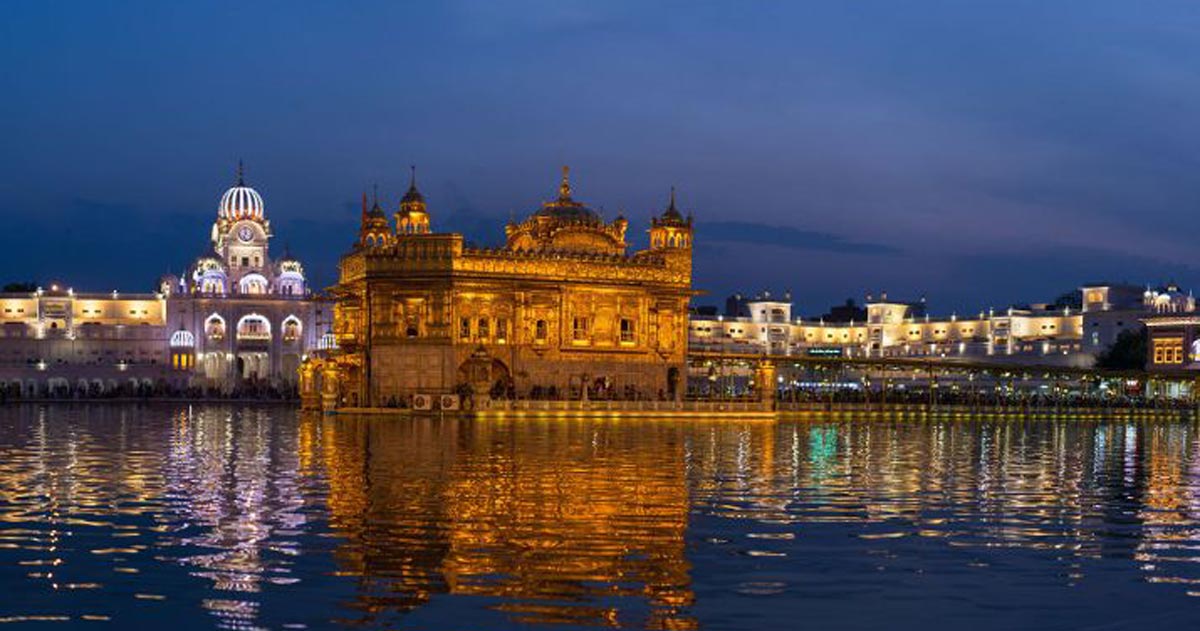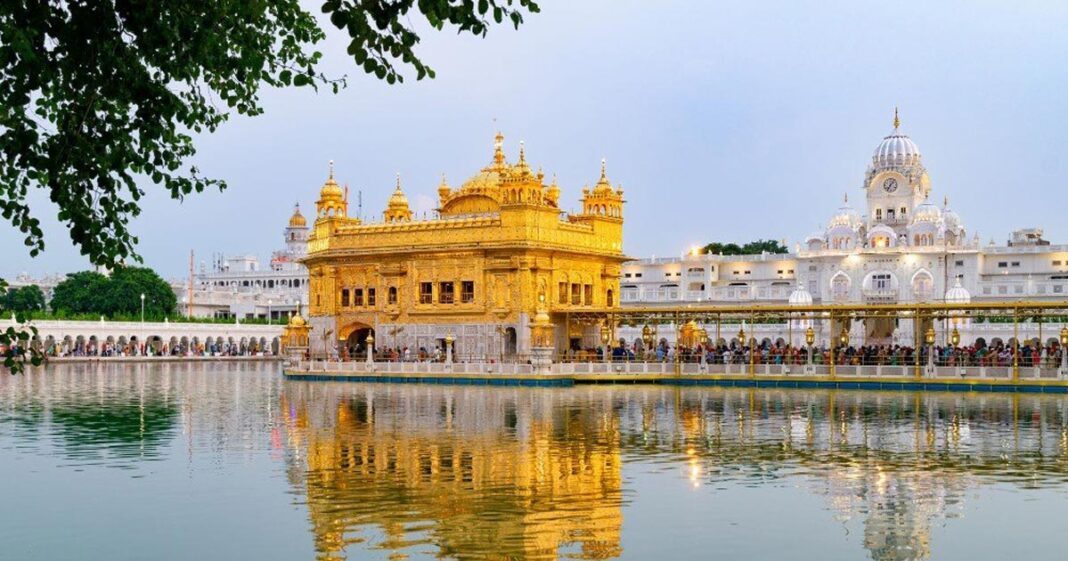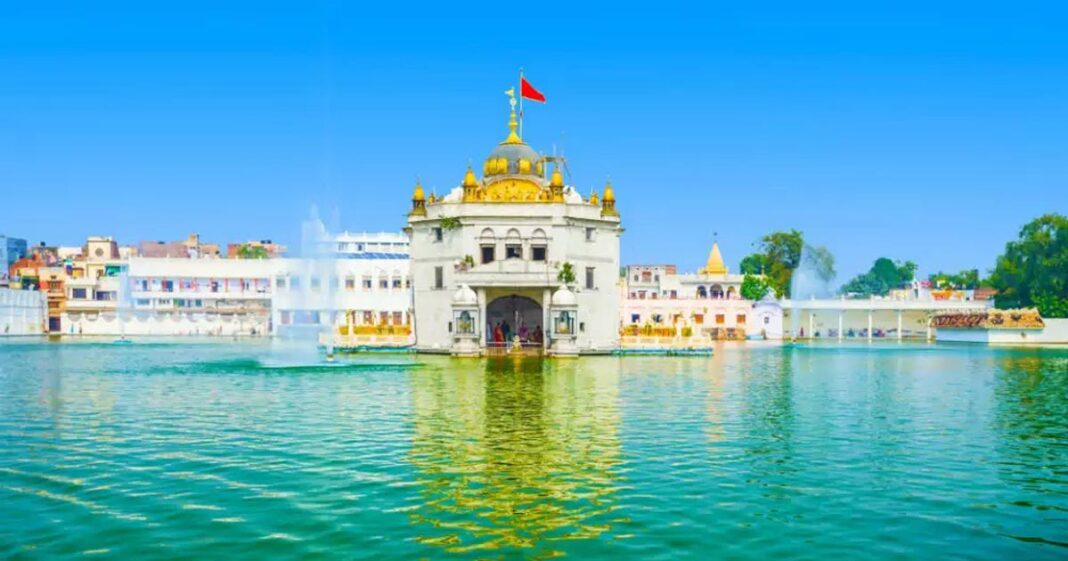
Nestled in the heart of Amritsar, Punjab, the Golden Temple—formally known as Sri Harmandir Sahib—is one of the most iconic spiritual landmarks in the world. Every year, millions from all walks of life step barefoot onto its cool marble floor, bow their heads in humility, and partake in its sacred traditions. But beyond its glittering façade and famed hospitality lies a lesser-known tapestry of history, symbolism, and community spirit.
A Vision Born from Equality and Unity
Harmandir Sahib was conceived in the late 16th century by the fifth Sikh Guru, Guru Arjan Dev Ji, who envisioned a place of worship that would break religious and social barriers. He chose a location in the then-developing city of Ramdaspur (now Amritsar), and in a defining act of interfaith solidarity, invited Hazrat Mian Mir, a Muslim Sufi saint from Lahore, to lay the foundation stone in 1588.
The temple’s four entrances—one on each side—symbolize openness to all people, regardless of caste, creed, or gender. In a time when such inclusivity was radical, the Golden Temple stood as a profound statement of egalitarianism.
The Birth of a Sacred Manuscript
In 1604, Guru Arjan compiled the Adi Granth, the primary scripture of Sikhism, and installed it within the newly completed sanctum of Harmandir Sahib. The scripture was recited by Bhai Gurdas Ji, the first granthi, and has since evolved into what is now known as the Guru Granth Sahib—the eternal Guru of the Sikhs.
Even today, every evening, the Guru Granth Sahib is ceremonially carried to the Akal Takht, the seat of temporal authority built by Guru Hargobind Ji, and returned at dawn in a golden palanquin known as the Palki Sahib. This daily ritual reflects not just devotion but reverence towards the scripture as a living teacher.
Destruction, Resilience, and Rebirth
The Golden Temple has seen its share of devastation. In 1762, Afghan invader Ahmad Shah Abdali ordered its destruction, and the structure was blown up with gunpowder. But the Sikhs, showing unwavering resilience, rebuilt it brick by brick. “Each time the temple was destroyed, the Sikh community came together to restore it,” says Dr. Jasdeep Singh, a historian at Guru Nanak Dev University. “It became a cycle of destruction and devotion.”
It wasn’t until the early 1800s that Maharaja Ranjit Singh, leader of the Sikh Empire, covered the sanctum with 24-karat gold, giving the temple its iconic identity. He also invested in marble walkways, domes, and intricate inlays, turning it into a monument of both spiritual and artistic excellence.
A Temple Without Walls of Privilege
Perhaps what sets Harmandir Sahib apart even today is its rejection of hierarchy. Everyone—from daily wage workers to heads of state—must cover their heads, remove their shoes, and walk through a foot-cleansing stream before entering. No VIP access exists. When former Canadian Prime Minister Stephen Harper visited the temple, he stood in the same line as everyone else.
This commitment to equality extends into its world-famous Langar (community kitchen), which serves over 100,000 meals daily, all prepared by volunteers (sevadars). On major religious days like Gurpurab, the number can swell to 500,000—a feat unmatched by any other religious institution globally.
Modern Miracles Behind the Marble
Despite its historical roots, the Golden Temple is embracing sustainability. The Langar now operates with solar-powered steam systems, reducing carbon emissions. It also boasts a sophisticated utensil cleaning facility, where thousands of stainless-steel plates are washed using steam and mechanical arms, ensuring hygiene and eco-friendliness.
Moreover, the temple runs a 24×7 global live broadcast of its inner sanctum and kirtan sessions. For many diaspora Sikhs, watching the hukamnama (daily verse) every morning via satellite or YouTube is a cherished ritual.
The Bullet Marks That Speak
But not all of its history gleams. In June 1984, the Indian Army launched Operation Blue Star to remove Sikh militants occupying the temple. The operation led to extensive damage and loss of life, with innocent pilgrims caught in the crossfire. The incident left a deep scar in Sikh memory. Today, bullet marks on marble walls and plaques detailing the events serve as somber reminders of what transpired.
“I was 14 when it happened,” recalls Jaswinder Kaur, a volunteer from Ludhiana. “Even though I wasn’t inside the complex, I still remember the chaos. But we rebuilt it, again, like we always do.”
Lesser-Known Wonders and Symbols
Many visitors overlook some of the temple’s most mystical and historical elements:
- The Ber Baba Budha Sahib, a sacred tree within the complex, is believed to be over 475 years old, under which Baba Budha Ji meditated.
- The Amrit Sarovar is not just decorative; volunteers regularly dive in to clean its bed as a form of spiritual service.
- The temple’s architecture blends Hindu and Islamic styles, symbolizing a fusion of spiritual cultures.
Even the karah prasad, made with wheat, ghee, and sugar, is stirred continuously while reciting hymns. It’s prepared by those deemed spiritually and physically pure, and is known for its divine taste and energy.
A Living Legacy
Today, Harmandir Sahib remains not just a place of worship but a living, breathing ecosystem of faith, service, music, sustainability, and community. It is not just the architectural marvel or gold that makes it special—but the unwavering spirit of the people who keep it running, day after day, for over four centuries.
As the sun rises over the gilded dome and the sound of morning kirtan fills the air, one thing becomes clear: this temple is not merely a monument of the past—it is a beacon of spiritual resistance and inclusiveness, lighting the path for the future.





